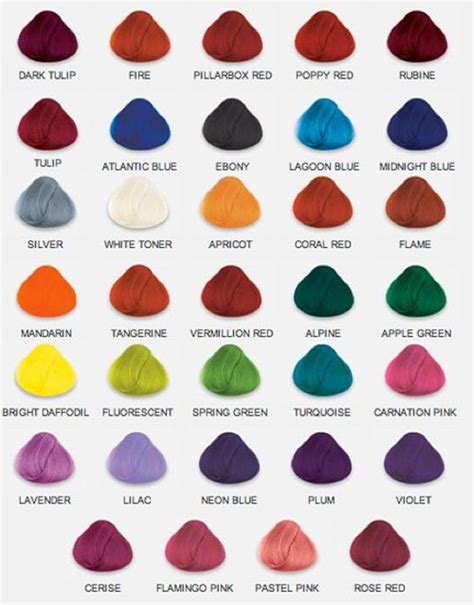Human hair color is one of the most fascinating and diverse aspects of human appearance. It can range from the deepest black to the lightest blonde, and everything in between. There are many factors that contribute to hair color, including genetics, environment, and lifestyle.

Here are 51 facts about human hair color that you probably didn’t know:
- The average person has about 100,000 hairs on their head.
- Hair grows about 1/2 inch per month.
- The color of your hair is determined by the amount of melanin in your hair follicles.
- Melanin is a pigment that is produced by cells in the hair follicle.
- There are two types of melanin: eumelanin and pheomelanin.
- Eumelanin is responsible for brown and black hair.
- Pheomelanin is responsible for red and blonde hair.
- The amount of eumelanin and pheomelanin in your hair follicles determines your hair color.
- People with more eumelanin have darker hair.
- People with more pheomelanin have lighter hair.
- Hair color can change over time.
- As you age, your hair may become lighter or darker.
- Sun exposure can lighten your hair.
- Certain medical conditions can affect hair color.
- Alopecia areata is an autoimmune condition that causes hair loss.
- Canities is a condition that causes hair to turn white.
- Hair color is a complex trait that is influenced by many factors.
- There is no single gene that determines hair color.
- Hair color is inherited from both parents.
- Identical twins can have different hair colors.
- Fraternal twins can have different hair colors.
- Hair color can be predicted by genetic testing.
- Hair color is a major factor in human evolution.
- Hair color can be used to identify individuals.
- Hair color can be used to track human migration patterns.
- Hair color can be used to study human history.
- Hair color is a source of cultural and social significance.
- In some cultures, hair color is associated with beauty and status.
- In other cultures, hair color is associated with ethnicity and religion.
- Hair color can be a source of discrimination.
- People with certain hair colors may be treated differently than people with other hair colors.
- Hair color can be a source of pride and identity.
- People with certain hair colors may feel more connected to their culture or heritage.
- Hair color can be a way to express oneself.
- People with certain hair colors may feel more confident and outgoing.
- Hair color can be a source of inspiration.
- People with certain hair colors may be more likely to pursue certain careers.
- Hair color can be a source of creativity.
- People with certain hair colors may be more likely to be involved in the arts.
- Hair color can be a source of joy.
- People with certain hair colors may be more likely to be happy and optimistic.
- Hair color can be a source of connection.
- People with certain hair colors may be more likely to have strong relationships.
- Hair color can be a source of love.
